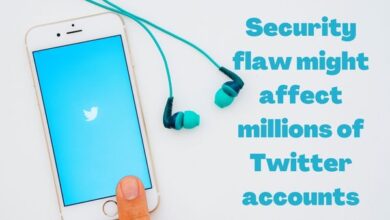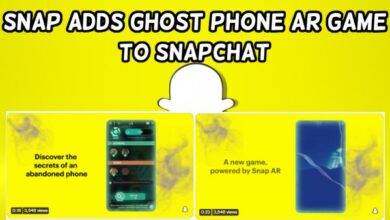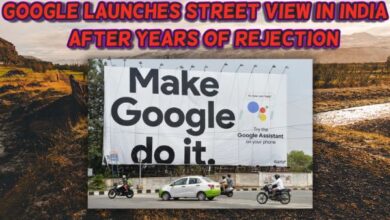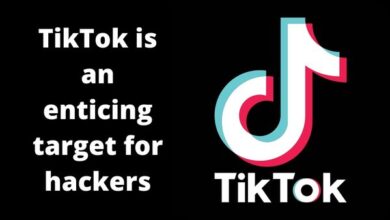Metaverse Actually the Digital Extension of A Smart City
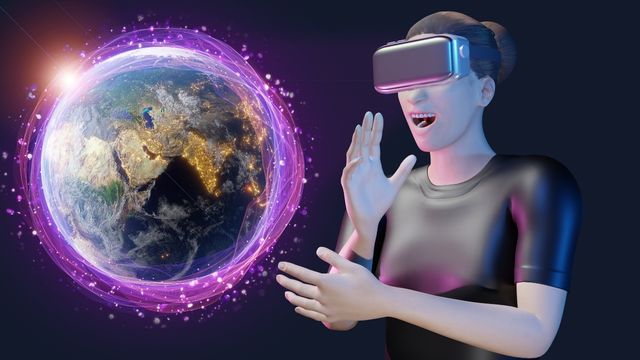
According to Benson Chan, Chief Operating Officer at Strategy of Things, the city’s Metaverse is an online representation of the city that operates in sync with the physical city and community. The Metaverse is the digital extension of the smart city, to put it simply.
A Silicon Valley-based innovation company called Strategy of Things provides consultancy and professional services to assist corporations and governments plan and implement cutting-edge “smart” technology to develop smarter, more resilient, and more responsive cities, communities, buildings, and places. A smart corridor is being implemented by the organization in an underserved Silicon Valley neighborhood.
What is the connection between Metaverse and smart cities?
Smart cities reproduce and build models in the Metaverse that function and behave like the physical city using physical data from its many sensors, building information models, digital infrastructure, and geospatial information.
To implement digital broadband infrastructure and offer services that enable their citizens and businesses to go online and have a presence in the Metaverse, smart cities develop regulations that make these things easier.
Smart cities form alliances that inspire their residents to develop digital products and experiences for themselves and one another in the Metaverse.
The city’s Metaverse produces the same outcomes that are in line with the needs and priorities of its residents, businesses, and visitors as the physical smart city, despite some of the ways we interact with the Metaverse being different from the ways we interact with the physical community in the smart city.
How will the Metaverse solve some of our real-world problems?
Diversity, equity, and inclusion are once again at the top of the list of priorities for smart cities following a reset caused by the COVID-19 pandemic. Cities have long struggled to provide equity, accessibility, and a high standard of living for their most vulnerable citizens.
For instance, mobility concerns have made it difficult for senior individuals and physically challenged locals to completely access services, go to places of business, and attend activities. Residents of lower socioeconomic neighborhoods lack access to high-quality healthcare and educational options, as well as the same choice of shops and services that other communities offer.
Town halls and in-person meetings have been successful ways to engage the community, but they have been constrained by laws governing public gatherings.
While the Metaverse can’t entirely address all of these issues, its immersive nature gives it the ability to have a significant impact in ways that weren’t previously feasible. Seniors who are confined to their homes and people who are physically unable to move about freely, for example, are no longer constrained.
They can visit and interact with friends, go to classes and events, work out, and use services in the Metaverse in ways that are analogous to doing so in real life. Residents in lower socioeconomic communities use the Metaverse to attend classes and complete assignments from distant universities, and they do so in a setting that is more immersive, engaging, and learning-friendly than online learning can be.
Meetings with people and local companies are held more successfully thanks to the use of the Metaverse by city management and leaders.
How is the Metaverse different from past Digital Extensions
The virtual world of the past has evolved into the Metaverse of today. These virtual environments depict alternative realities that are distinct from the ones we live in. They are not like the world we live in, both in appearance and behavior. These virtual universes are segregated from the real world.
The Metaverse, in contrast, is a continuation of our physical reality and not a distinct unconnected universe. The physical world will respond to and be affected by what we do in the metaverse. Similar to the actual world, the Metaverse reflects our actions and allows us to influence them.
The Metaverse will become increasingly different from earlier virtual worlds as a result of a variety of things that are now taking place. Virtual reality and processing improvements will make our immersion and interactions in the Metaverse more natural and similar to those we have in the real world.
The epidemic has sped and mainstreamed online collaboration, conferencing, and service transactions.
More individuals will be connected, and more services will be added to the Metaverse thanks to 5G, satellite broadband, and government-led infrastructure investments to close the digital divide. Building information modeling (BIM), the Internet of Things, and sensors are starting to be used in our cities and urban infrastructure operations.
Digital twins of the physical infrastructure will be incorporated into the Metaverse as they develop. Finally, several businesses are developing the platforms and tools that will enable anyone to easily develop, market, and launch real-world products, services, and experiences in the Metaverse.
Is it right to say Metaverse will be a digital twin with an advanced immersive AR/VR experience?
That interpretation is largely accurate, but it oversimplifies what a Metaverse is. Digital twins and VR/AR are two of the more well-known technological elements that support the Metaverse, but they are not the only ones.
The Metaverse can be thought of as having multiple layers. The technological layer includes elements like virtual reality/augmented reality and digital twins. The digital twin and other reality models and services in the Metaverse are fed by the data layer, which is also present.
There is the connectivity layer, which enables locals, companies, and guests to connect to the Metaverse and communicate with one another. Then there is the layer of experiences and content. The community and other members interact and engage in these activities for the Metaverse to exist, develop, and sustain itself.
The innovation layer, which comprises the resources and methods enabling the Metaverse community to continuously produce content, experiences, and services, comes last. Every layer is essential and demands to be present. The layers are somewhat interdependent on one another.
How far have we traveled in terms of technology?
Despite technological development, the Metaverse is still only at version 0.1. Even though the experience differs greatly from how the Metaverse is currently envisioned, what we already have is a functional Metaverse.
For instance, while the VR goggles are appropriate for gaming, they are too large, bulky, and heavy for Metaverse use outside of gaming. The majority of the population, whose proficiency with computers today ranges from fair to poor, cannot use gestures, user interfaces, or user experience since they are created for more experienced users and are not intuitive for them.
Digital twins rely on data from the actual world, yet not all of the city is physically instrumented. There is a lack of training data for the AI algorithms that assist forecast and designing the interactive environment in the Metaverse. Most individuals in towns and cities throughout the world still lack access to high-speed, low-latency broadband service, which links the user to the Metaverse and allows for a seamless experience.
While there isn’t a publicly accessible Metaverse platform, there are several solution providers who offer private Metaverses that can only be accessed through specific proprietary APIs and access methods. These issues will eventually be handled either on their own, through the market, or by some other type of involvement by industry groups and standard bodies.
How is Strategy of Things contributing to the Metaverse?
Many use cases and applications for the metaverse have yet to be identified and created because it is still in the early stages of development. Future developers and users of these programs will eventually be today’s youth.
They all grew up using computers, mobile devices, and the Internet, making them all digital natives. In the guise of multiplayer games like Fortnite, many of them have had their first encounters with the Metaverse. And the majority of them will reside in and construct the smart cities of tomorrow.
- Great Metaverse: Why has Facebook Changed its Name
- What is Metaverse and Why is Everyone Talking About it?
- How to Access the Metaverse in 2022
Conclusion
The digital extension of the smart city is the city’s Metaverse. Smart cities use physical data from their numerous sensors, building information models, digital infrastructure, and geographic data to replicate and create models in the Metaverse that work and behave like the physical city.
A virtual environment called the Metaverse enables people to interact with the physical world in ways that weren’t before possible. In the Metaverse, residents can communicate with friends, attend events and classes, exercise, and use services like how they would in the actual world. As they emerge, digital twins of the actual infrastructure will be included in the Metaverse.
Digital twins and virtual reality/augmented reality are examples of technology-layer components.
Is metaverse digital twins?
There are more digital twins of actual objects inside the metaverse, which functions as a digital twin of our universe and reality and will eventually be used for transactions and process optimization.
What is a digital metaverse?
The metaverse is an evolving 3-D digital environment that enables lifelike personal and professional encounters online by utilizing virtual reality, augmented reality, and other cutting-edge internet and semiconductor technology.
Is metaverse an NFT?
The future of the internet is being revolutionized by the ideas of metaverse and NFTs. The key distinction between NFT and metaverse is the two concepts’ fundamental definitions. The metaverse is a separate virtual environment, whereas non-fungible tokens are a kind of virtual token.

